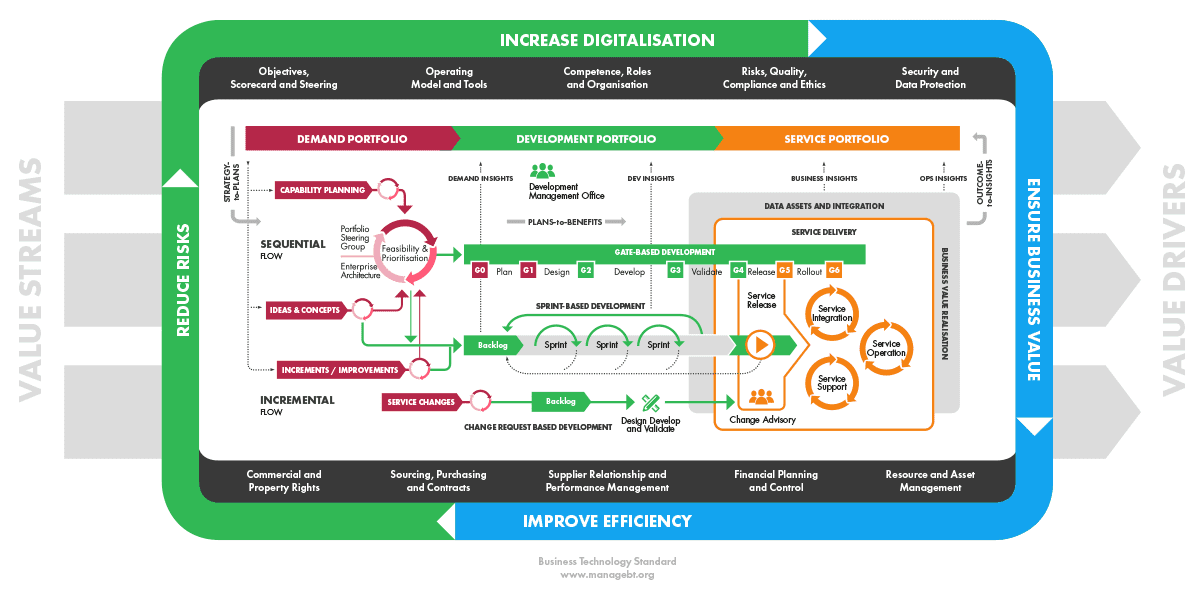Business is all about ecosystems. Customers are ecosystem networks rather than individual actors or separate segments. Ecosystems can be complex and extremely powerful as they can multiply or shrink a company’s business abruptly and exponentially.
For example, in the past, cities used coin and card machines to collect parking fees. Nowadays, payments are made digitally by using apps provided by third parties. This was facilitated by cities establishing ecosystems to share data and transactions, rather than sourcing a digital app solution and providing the service themselves.
The result today is a better service to citizens and faster transformation to digital services, which results in moneysaving for the city. In other words, all parties in the ecosystem have benefitted.
Figure 2.4.1 Digital parking ecosystem
Every organisation works with several ecosystems. Business technology ecosystems are technology related and have some common characteristics like:
Technology providers make extensive investments in ecosystem development and acquire new developers and customers with a low entry cost, trusting that they will break-even by gaining critical mass. Technology providers that succeed in building ecosystems make significant profit, which enables them to invest even more in technology and ecosystem development and thus, become even stronger in the market. For that reason, there are only a few players dominating the ecosystem market.
From a sourcing perspective, the organisation should be:
The most attractive scenario is the opportunity to build an ecosystem and become a dominant player in the market. As building and developing an ecosystem can be very costly, organisations should be certain to have the required competences, commitment and passionate people to make it happen.
When building or joining an ecosystem, an organisation should:
